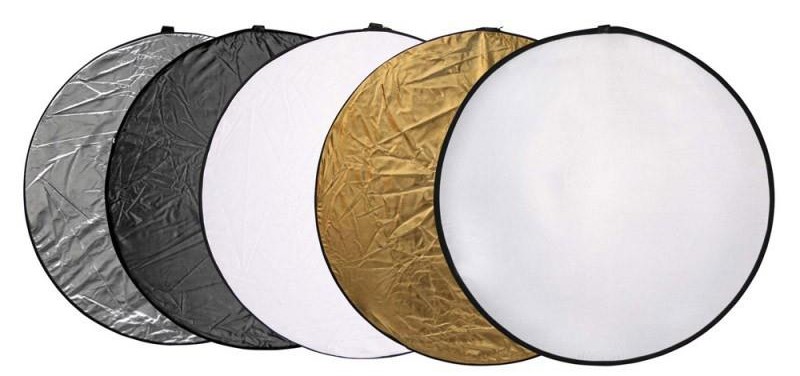

White reflectors are ideal for fill light, which means they can be used to soften or eliminate shadows. Here’s a rundown of the standard colors and what they can do. Many photography reflectors feature removable covers that provide multiple color options. Photography light reflectors come in a variety of colors that can provide different lighting effects.

Different Types of Reflectors for Photography Photography Reflector Colors
EYELASH REFLECTOR PHOTOGRAPHY HOW TO
So let’s take a look at some of the different reflectors you can get and how to best use them. Most photography reflectors are also durable and easy to transport.īut there are many different types of reflectors for photography available, and they’re not all created equal. They are versatile pieces of equipment that can be used in natural or artificial lighting to add, remove, or diffuse light. And even if you have a great set of lights, reflectors will still come in handy. If you’re looking for a simple way to start, reflectors for photography offer an affordable option that can help you manipulate the lighting in your shots.


Some examples of that equipment are speedlights and studio strobes, but that kind of gear can be expensive. It can give you more control over your photography and help you achieve better results. It can be used as a great alternative of the conventional reflectors and could be successfully implemented on various productions such as music videos, fashion shoots, or commercial sets. This innovative tool not only provides pristine catch lights, but also reflects a stunning, clamshell lighting and definitely would make your work stand out.Having some proper lighting equipment is a key part of taking professional-looking photos.
EYELASH REFLECTOR PHOTOGRAPHY PROFESSIONAL
In the video below Larry Peters will give us some useful tips and tricks on how to properly set up the Eyelighter.Īs we can see the Eyelighter is a versatile and unique reflector that could provide formidable professional results by adding more production value to your video or photo sessions. It is essential to use a larger softbox or any other light source with some sort of diffuser in front that would give you a descent soft light for both your talent and the reflector. To achieve the best possible results, an optimal distance of 30 inches should be set between the curved reflector and your talent.įrom the position of the object you shoot you should be able to see that the light coming from your main source is filling evenly the Eyelighter’s surface. Secondly, make sure you also tilt the Eyelighter towards the object in a frame slightly. In the video below we’ll see how to assemble an Eyelighter in a few quick and easy steps.ĭue to its curved form, Eyelighter should be placed in a particular way to give you optimal results while shooting video or taking stills.First and foremost, your main light source should be tilted down towards the Eyelighter and your talent. This ends up with stunning clamshell lighting and distinctive catch lights in the eyes. Usually, the curved aluminum frame sets underneath your model or talent, simultaneously opening shadows and delivering a catch light in top-lit or butterfly lights configurations. It is designed with a reflective, surface area and is curved to imitate the human eye. However, it can also be quite efficient when used by videographers in different situations such as commercial shoots, interviews, documentaries, indoor dialogue scenes, etc.Created by the portrait photographer Larry Peters and Westcott Company as the perfect solution for high contrast reflective lighting, the Eyelighter is made from an aluminium lightweight frame, that’s equally light and robust. The Eyelighter is the world’s first curved reflector for portrait photographers and photography enthusiasts.


 0 kommentar(er)
0 kommentar(er)
